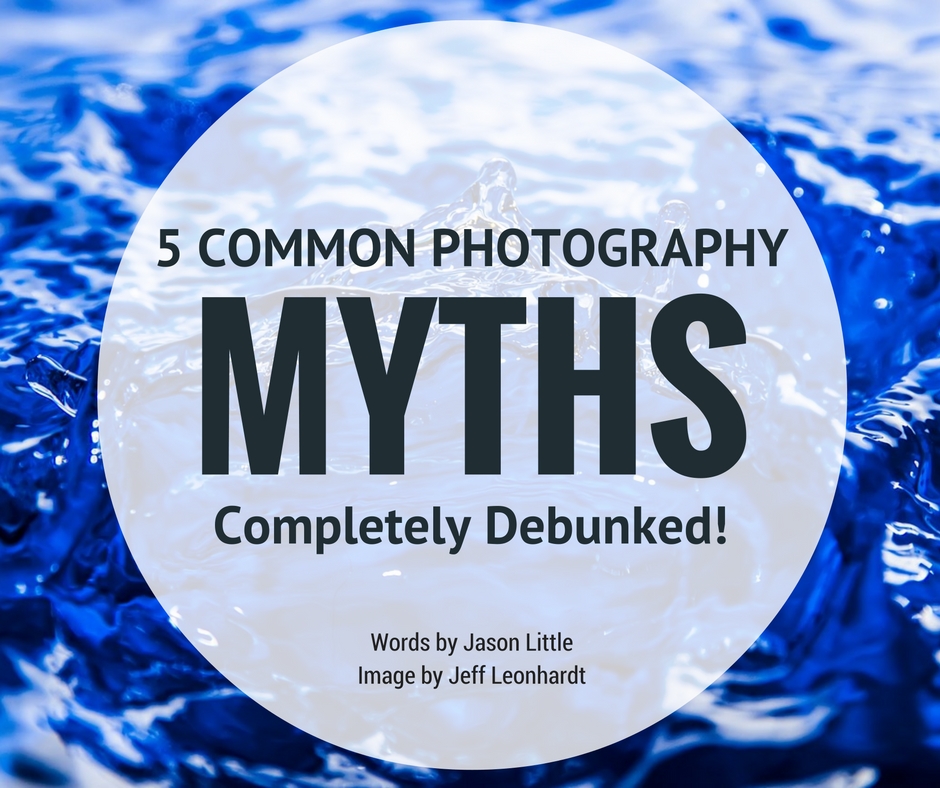
Common Photography Myths – Here's My Take On This
How many of you were told things as children that you later found to be, at best, inaccurate; at worst, entirely untrue? I would venture to guess everyone has experienced this.
It just seems unavoidable that we will be exposed to all sorts of myths and questionable ideas. Some ideas are surely more dangerous than others, but we find them in nearly all areas of life, even in photography.
If you’ve never stopped to think about what some of those photography related myths are, below you will find a small sampling to mull over.
1. Technical Perfection Creates Better Photos
Quite simply, this is so often not the case.
Exposure, composition and sharpness are undeniably important qualities but they are not the ultimate measure of what makes a good photo. The belief that technical perfection is inextricably tied to crafting a worthwhile photograph is something I’ve addressed previously:
“The ability to create compelling photos relies most heavily on vision and instinct; it’s about capturing a moment. Moments — if we were to somehow think of them as being sentient things — don’t care about your f-stop or ISO setting.”
It seems too many modern photographers obsess about buying the perfect camera (when it’s arguable that there are no bad cameras on the market today) as a means of creating the perfect image.
Photographers of yesteryear, with their comparably crude cameras, made photos that have lasted the test of time. One of the many lessons that we, with all our technological dependence, should glean from the masters is that memorable photos aren’t necessarily perfect photos.
Try one of Photzy's popular guides on the essentials of “Understanding Composition”. It's a learned skill we can all improve on in order to make our photography, just better. Without a clear basic understanding of composition, your photography is highly likely to suffer as a result. No on wants that!
2. You Should Always Use the Lowest ISO Setting
If “always” comes off as being a bit hyperbolic, that’s because it is. Shooting at ISO 100 all the time in an effort to get the cleanest images possible just isn’t necessary in an era when more than a few digital cameras are capable of spitting out high quality images at ISO 3200 and higher.
You’re handcuffing yourself trying to stick to the lowest ISO setting in every situation. There absolutely are times when using the lowest ISO is preferable: landscape photography, long exposure photography and studio portraiture to name a few.
Otherwise, you should do whatever you need to do to get the shot; if that means boosting ISO, do it. A little noise won’t do any harm.
3. Less Depth of Field Means More Attractive Photos
Shallow depth of field and the bokeh that comes along with it, are surely pleasing to the eye, but these are not qualities that alone determine whether you’ve got a compelling photo. Not everything needs to be shot at f/1.8.
I understand that it’s tempting to constantly shoot wide open when you get your first fast prime, but it can easily be overused. One of the skills you have to develop as a photographer is assessing the relationship between your subject and the environment; once you figure that out, you’ll know that there are situations that call for f/1.8 and situations that call for f/11.
4. Manual Mode is the Best Mode
Championing the idea that manual mode is the ultimate measure of one’s expertise or that pros only use manual mode is painfully shortsighted. Possessing the know-how to manually control your camera is valuable, no question. But with that skill in your pocket, the shooting mode becomes a matter of choice.
Plenty of pros use aperture priority and shutter priority; there are even those who unabashedly use program mode. Why? Because as a photographer you adapt to your environment and do whatever it takes to get the shot.
Having a preference for one mode over another isn’t a problem; suggesting that one mode is invariably better than another is. Your best bet is to learn what each mode is generally most useful for and choose accordingly.
5. A Photo is a Reflection of the Truth
No, a photo tells a version of the truth. Even before you get into all the controversy surrounding images that have been heavily manipulated in Photoshop, it’s important to realize that a certain degree of filtering occurs before a shot is snapped.
A street photographer, for instance, might proclaim she simply captures the world as she sees it — which is true, but “as she sees it” is the operative notion here.
Another street photographer will interpret and capture the same scenes in different ways. Photographers must:
- Decide how they will portray their subject,
- What they will include in the background, and
- How they will present everything to the viewer.
The truth, then, immediately takes on a certain degree of subjectivity. This isn’t necessarily a bad thing, it’s just something to be aware of next time you raise the camera to your eye and press the shutter button.
Conclusion
Much of what we learn about photography might easily be taken with a grain of salt — meter for “proper” exposure, use the rule of thirds, don’t shoot against the light.
I’m not suggesting that these are useless ideas but they are just that: ideas, guidelines that can — and often should — be ignored or reworked for greater artistic effect.
A proper exposure is whatever you need it to be to convey the desired mood; there are a multitude of ways to compose a shot; you can’t make a silhouette if you don’t shoot against the light.
Just remember, rules were made to be broken; myths exist to be debunked. Learn all you need to establish a solid foundation of fundamentals, then blow it all up and unleash the artist within you! These common photography myths are just that…myths.
Try one of Photzy's popular guides on the essentials of “Understanding Composition”. It's a learned skill we can all improve on in order to make our photography, just better. Without a clear basic understanding of composition, your photography is highly likely to suffer as a result. No on wants that!
Further Resources
- 5 Common Mistakes Beginners Make in Photography by Dzvonko Petrovski
- Slick Ways That Colors, Shadows And Shapes Can Transform Your Photography by Jason D. Little
- 5 Tips For Overcoming Self-Doubt by Jason D. Little
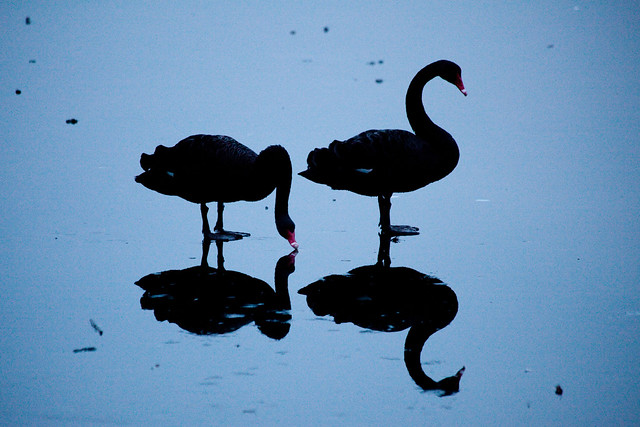

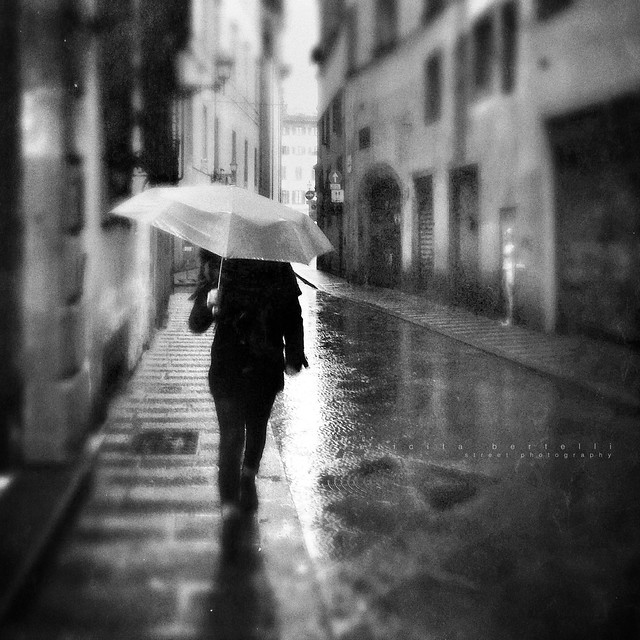



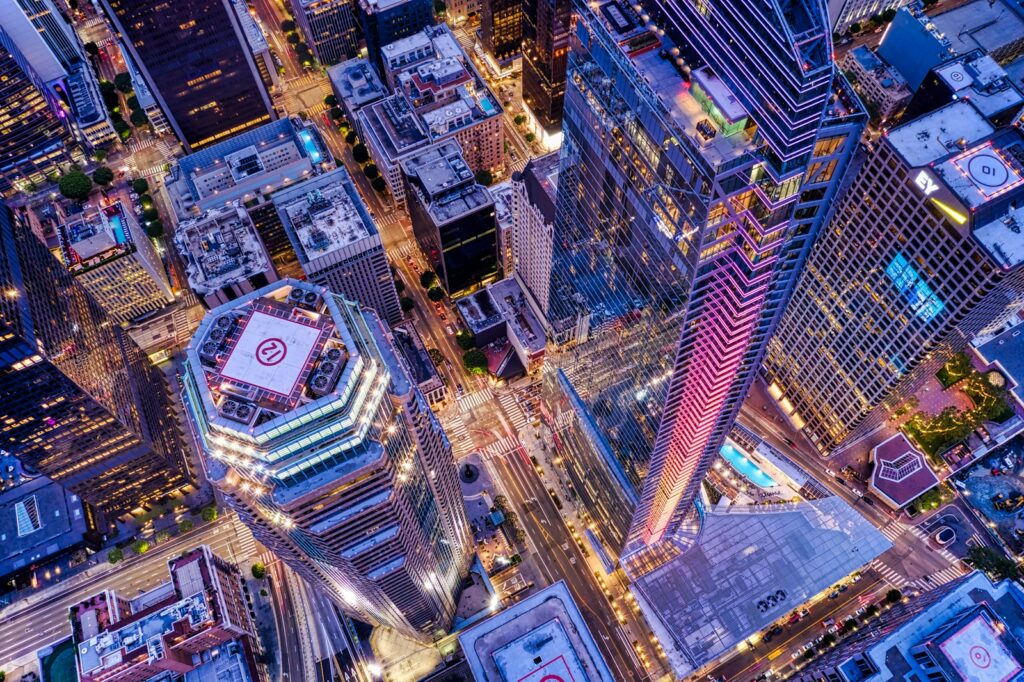
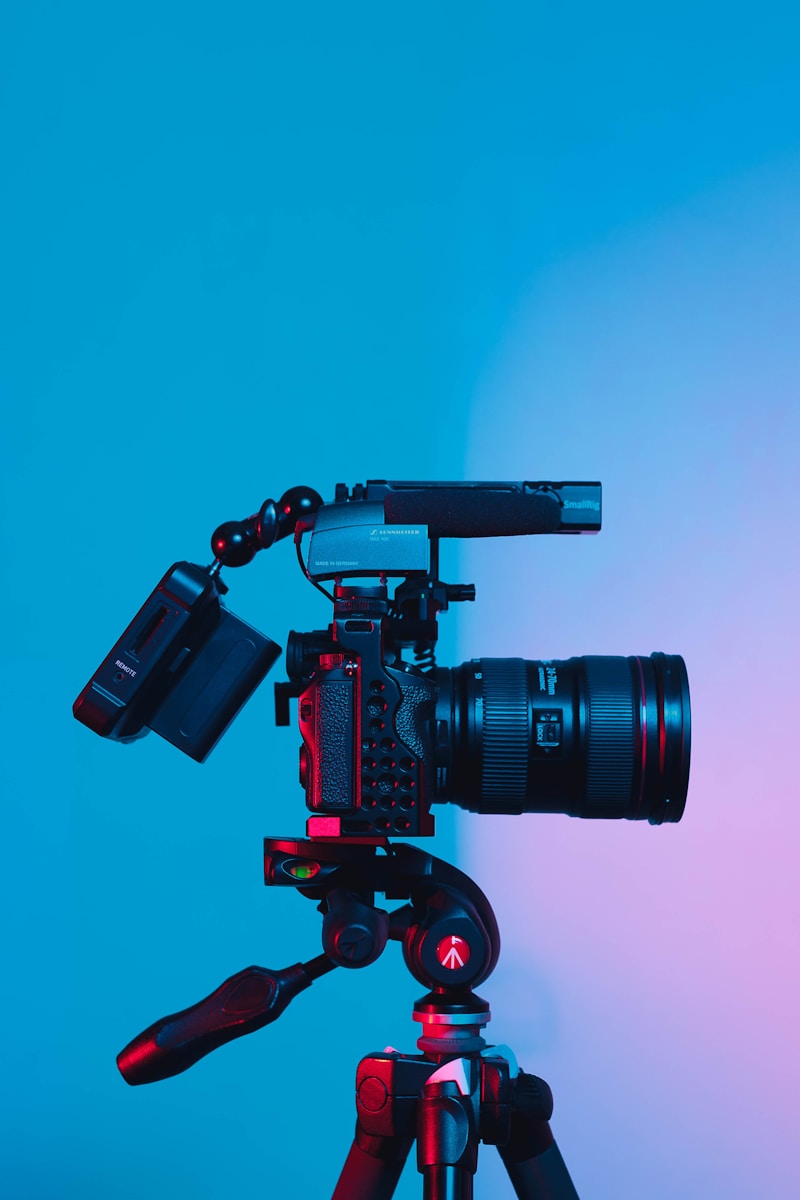
8 Comments
Hi,
Your first words echo the first words of Descarte’s Meditations on First Philosophy:
It is some years now since I realized how many false opinions I had accepted as true from childhood onwards, and that, whatever I had since built on such shaky foundations, could only be highly doubtful.
Interesting way of beginning a photography article.
Cheers!
I wish I could claim to have had Descartes in mind when I wrote this!
Thanks for taking the time to read.
You are so right. Childhood is the time to both educate and indoctrinate. We then spend the rest of our lives trying to sort out “truths”.
Even though most shooters won’t know and understand your terminology until year two of their practice – bokeh, f-stop, iso, dof – I agree with all of the points you call out for those at the beginning of their journey as a photographer. Nice piece!
Thanks Kevin.
Great article, very comprehensibly written. There are so many myths about photography that need be dispersed that one can’t decide where to start. Like, believing only in SOOC photos (like camera wasn’t pre-programmed in every aspect to process what’s in front of the lens!)… or thinking that having used an analog camera suffices to successfully use a digital one (like it’s all the same and there’s nothing to learn any longer)… or that you have to use W/A lenses for this, and telephoto lenses for that (like it isn’t entirely theme- and/or approach-dependent)…
In my time there was a camera programmed to (try and) understand the theme, and automatically zoom to sugest “proper” frame. Then there was another camera that came with a booklet of samples from great photograpy masters. Each sample had a barcode beneath, and you were supposed to use small pen-like device to read in the code and transfer it by IR sender to the camera. That way the camera would mimic that photographer’s settings… and your photos would be “the same”…
Both, and several more such attempts sank without a trace, and rightly so. And the same should also happen to all manufacturers that imagine the cameras you just let out of the house in the morning, and let back in come evening to offload what it has photographed during the day… 😉
Good photographers have to have some idea about the World we live in, and their good photos are merely comments upon that World. Thus, good mental processing of visual contents is paramount, and high-tec comes well after that! It’s very similar to good poets; they can write unforgettable lyrics using a piece of coal, while many other people couldn’t write a poem using the most expensive pen ever produced.
I hope you continue making those things clear to folks new to photography, and also to some more experienced ones which, although maybe pros, still tend to create technically perfect photos of nothing emotionally worth presenting (like, say, scenes from conference rooms, etc.).
Thanks Fil, I enjoyed reading your comment. Those cameras you mentioned were certainly news to me! Loved the poetry analogy, too.
Excellent points.
Well written and understandable without a lot of bunkum; without bragging or arrogance.
Kudos!